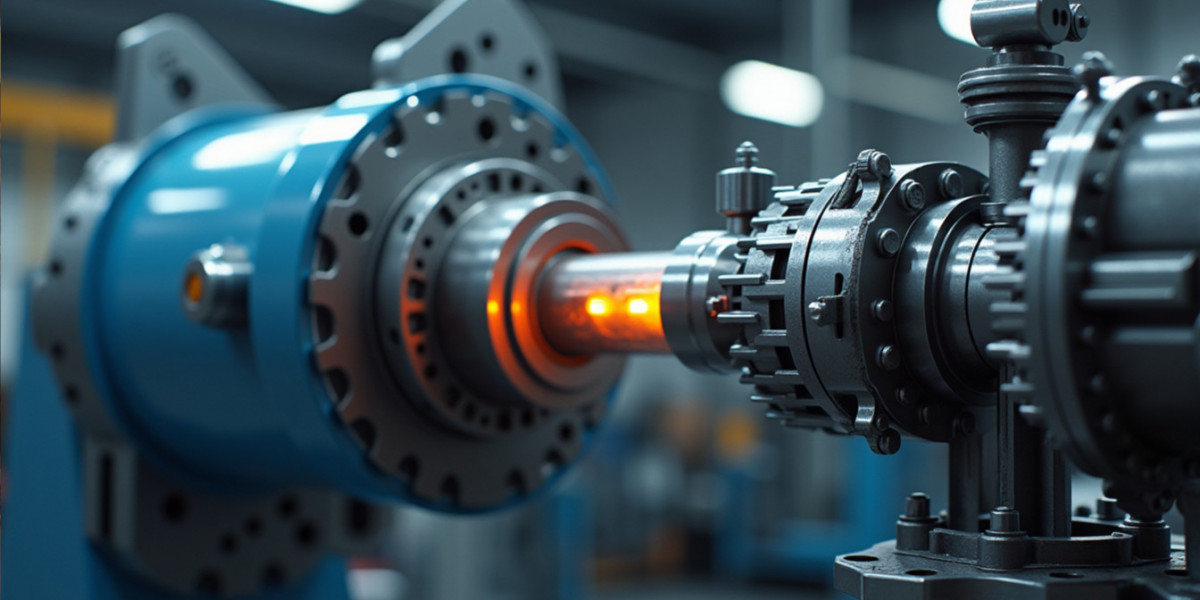The world of precision engineering is on the brink of a revolution, driven by rapid advancements in 3D printing and additive manufacturing technologies. While these innovations have already started to make their mark in various industries, the next few years promise to transform the landscape even further.
By 2025, 3D printing and additive manufacturing are set to become game changers in precision engineering, enabling engineers to create more complex designs, optimise production processes, and revolutionise traditional manufacturing methods.
What Are 3D Printing And Additive Manufacturing?
To understand how 3D printing and additive manufacturing will change the future of precision engineering, it’s important to first distinguish between these terms. While often used interchangeably, they have subtle differences.
· 3D Printing refers specifically to the process of creating three-dimensional objects by layering material based on digital models, typically in a rapid prototyping context.
· Additive Manufacturing (AM), on the other hand, is a broader term that includes 3D printing but also encompasses industrial-scale applications such as the production of finished parts, components, and even entire products.
Additive manufacturing technologies build objects layer by layer, rather than removing material as with traditional subtractive methods (such as CNC machining). This additive approach offers a multitude of advantages that are revolutionising precision engineering.
Complex Geometries And Customised Designs
One of the biggest advantages of 3D printing and additive manufacturing in precision engineering is the ability to produce complex geometries that would be impossible or highly impractical to create using traditional manufacturing methods. This flexibility opens up new possibilities for engineers in fields such as aerospace, automotive, medical devices, and even fashion.
In 2025, we expect to see even more intricate designs being realised, thanks to improved material properties and advanced printing techniques. For example, the aerospace industry is already utilising 3D printing to manufacture lightweight components with internal structures that reduce weight without sacrificing strength. These complex structures, known as lattice structures, are optimised for performance and can only be created using additive manufacturing.
The ability to customise parts for individual needs will become increasingly important. As precision engineers use 3D printing to produce bespoke, low-volume parts for niche applications, companies will be able to offer more personalised products without the cost and time constraints associated with traditional manufacturing.
Faster Prototyping And Iteration
Traditional methods of prototyping often involve a lengthy process of designing, machining, and testing, which can take weeks or even months. However, 3D printing drastically reduces this timeline, allowing engineers to rapidly iterate and test their designs before moving to full-scale production.
By 2025, prototyping with 3D printing will be standard practice across the precision engineering industry. The ability to create functional prototypes in just a few days, or even hours, means that engineers can test multiple versions of a design and fine-tune it with far less time and money invested. This rapid prototyping capability enables faster product development cycles and a more efficient design process, which ultimately accelerates time to market for new products.
For industries like medical devices and aerospace, where safety and performance are paramount, being able to rapidly prototype complex components means engineers can identify and resolve potential issues early, resulting in safer, more reliable products.
Reduction In Material Waste
Additive manufacturing is inherently more material-efficient than traditional subtractive manufacturing methods. In traditional processes like CNC machining or casting, material is often wasted in the form of shavings or scrap. In contrast, 3D printing only uses the exact amount of material required for each part, which reduces waste and minimises the environmental impact of production.
As sustainability becomes an increasing priority in engineering, 3D printing offers an environmentally friendly alternative by reducing the need for raw material extraction and the energy used in traditional manufacturing. By 2025, more companies will adopt recycled and sustainable materials in their 3D printing processes, further enhancing the environmental benefits.
On-Demand And Localised Production
One of the most exciting aspects of 3D printing in precision engineering is the ability to produce parts on-demand and closer to where they are needed. This can drastically reduce the need for long supply chains, lower transportation costs, and mitigate the risk of global disruptions, such as those seen during the COVID-19 pandemic.
By 2025, 3D printing could enable localised manufacturing hubs, where parts are produced in close proximity to the end user. This decentralisation of production will make it easier for businesses to respond to demand fluctuations and supply chain challenges, while also improving inventory management.
For example, in industries like automotive repair or aerospace, the ability to 3D print replacement parts on-site can reduce downtime and maintenance costs, while improving the overall efficiency of operations.
New Materials And Performance Optimisation
The materials used in 3D printing have come a long way in recent years, with innovations in metals, polymers, ceramics, and even composites. By 2025, we can expect the availability of high-performance materials that can meet the demanding requirements of precision engineering applications.
In particular, metal 3D printing is poised for significant growth. The use of metal alloys like titanium, aluminium, and stainless steel in additive manufacturing will enable engineers to produce high-strength, lightweight parts for industries like aerospace and automotive. These materials will continue to evolve, offering improved durability, corrosion resistance, and heat tolerance.
Advancements in multi-material 3D printing will allow engineers to combine different materials in a single print, opening up new possibilities for creating parts with varied mechanical properties or even integrating electronics into the printed components.
Lower Production Costs For Low-Volume Runs
While 3D printing was initially considered too expensive for mass production, the technology has become increasingly cost-effective for low-volume and custom production runs. By 2025, the cost of 3D printing will continue to decrease, making it a more viable option for industries that need high-quality parts in small quantities.
Precision engineering often requires low-volume, high-precision parts, especially for industries like medical devices, aerospace, and customised automotive components. Additive manufacturing enables businesses to produce these parts without the need for expensive moulds or tooling, which are typically required for traditional manufacturing methods.
A Revolution In Precision Engineering
As we move toward 2025, it’s clear that 3D printing and additive manufacturing will continue to revolutionise precision engineering. The ability to create complex parts, rapidly prototype, reduce material waste, produce on-demand parts, and use advanced materials will make additive manufacturing an indispensable tool in industries ranging from aerospace to healthcare.
As the technology advances, we can expect to see even more innovations that will make 3D printing an even more powerful asset for precision engineers. The future is undoubtedly additive, and businesses that embrace these advancements will be well-positioned to lead the way in the coming years.






